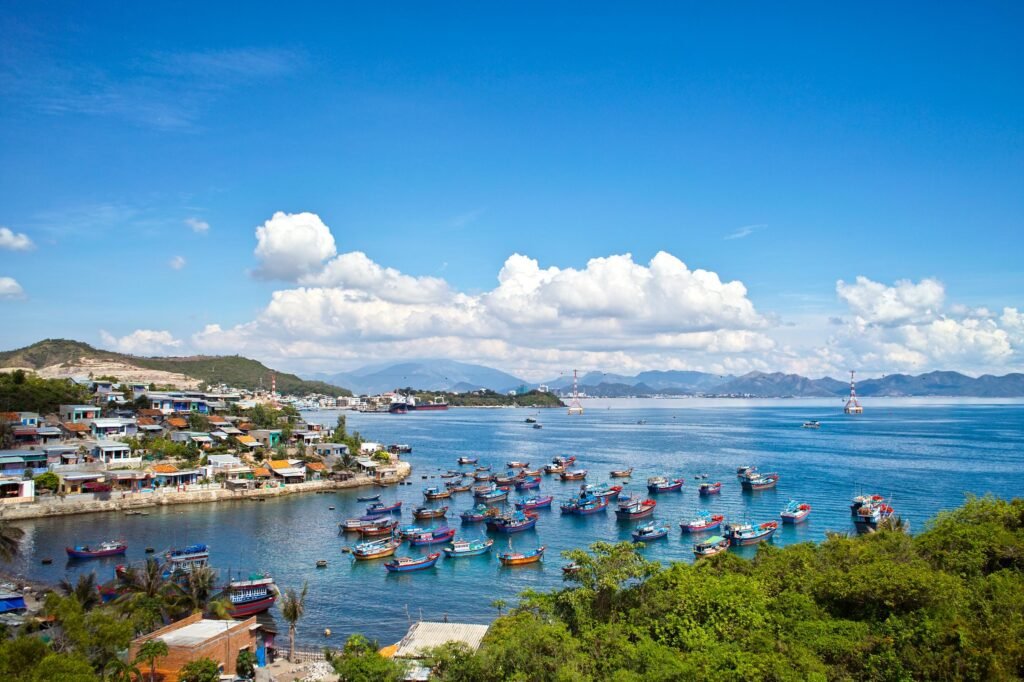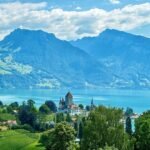Geographically, Vietnam stretches from north to south along the narrow Andaman Peninsula. Northern Vietnam borders China’s Guangxi Province and is relatively underdeveloped. Our trip focused on southern Vietnam, primarily in the two major cities of South Vietnam: Ho Chi Minh City and Nha Trang. Although Vietnam is geographically close to China, it was a French colony for a long period in modern history, which has left behind many French-style buildings and cultural influences.
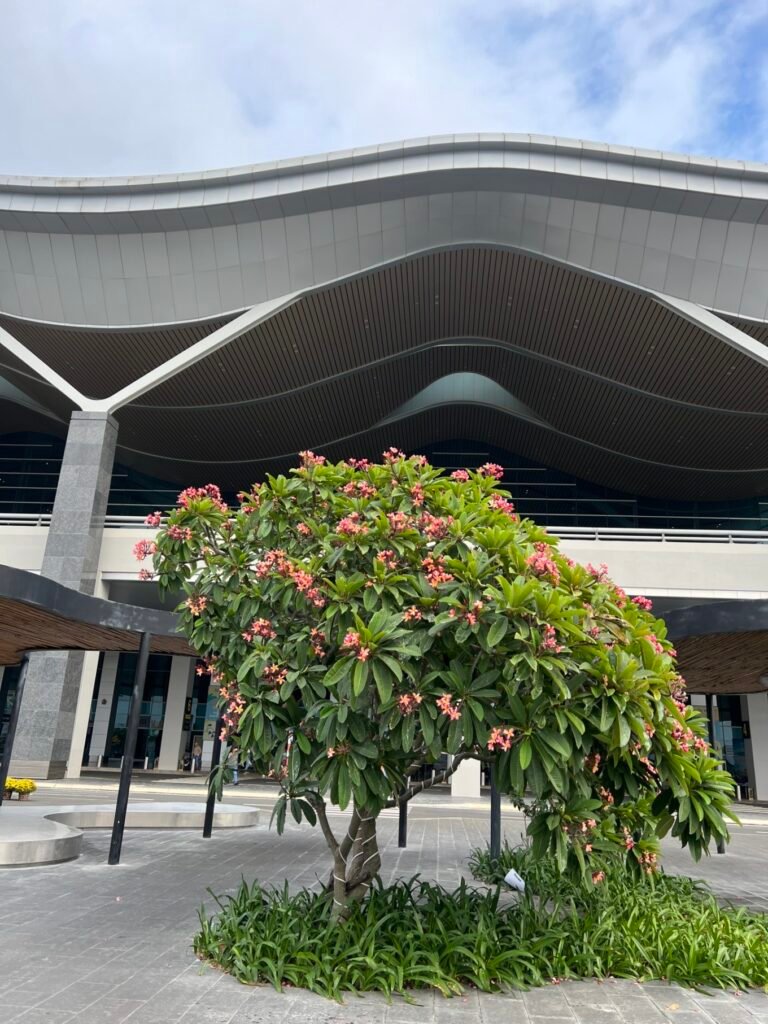
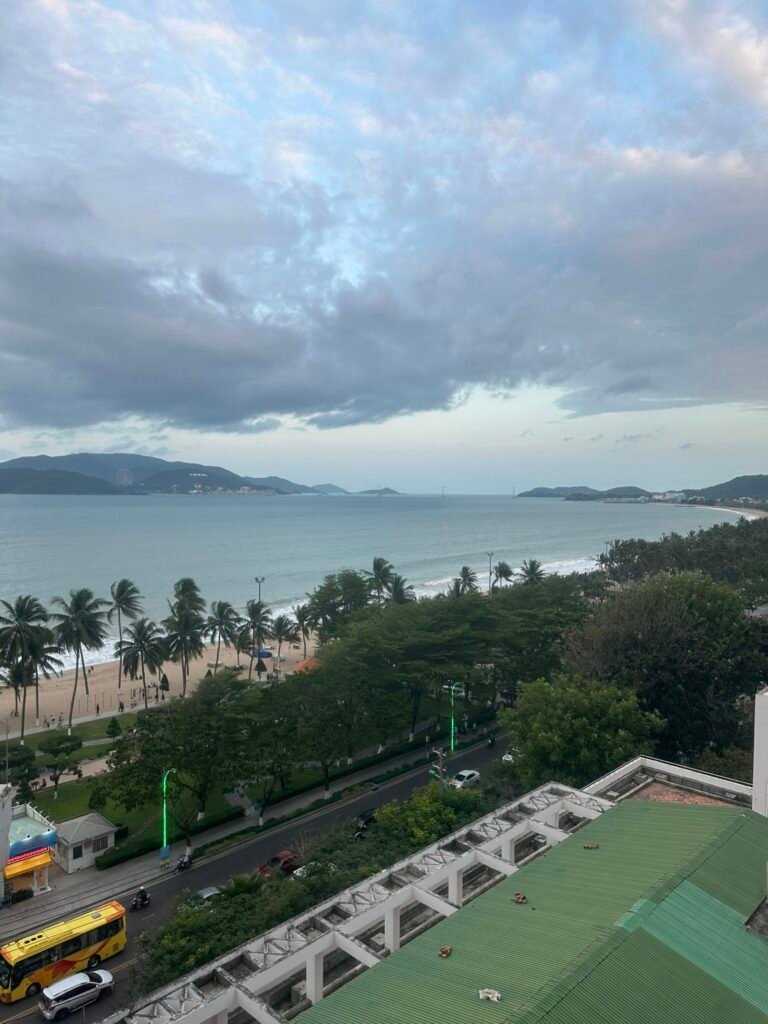
After checking into the hotel and inspecting the room, I found it quite nice. There’s a small balcony with a view of the coastline. The bathroom design is also creative, featuring a sunken layout lower than the room’s floor level, seemingly intended to allow guests to soak comfortably while bathing.
After unpacking, I headed out to find some food and discovered a well-reviewed local restaurant nearby.
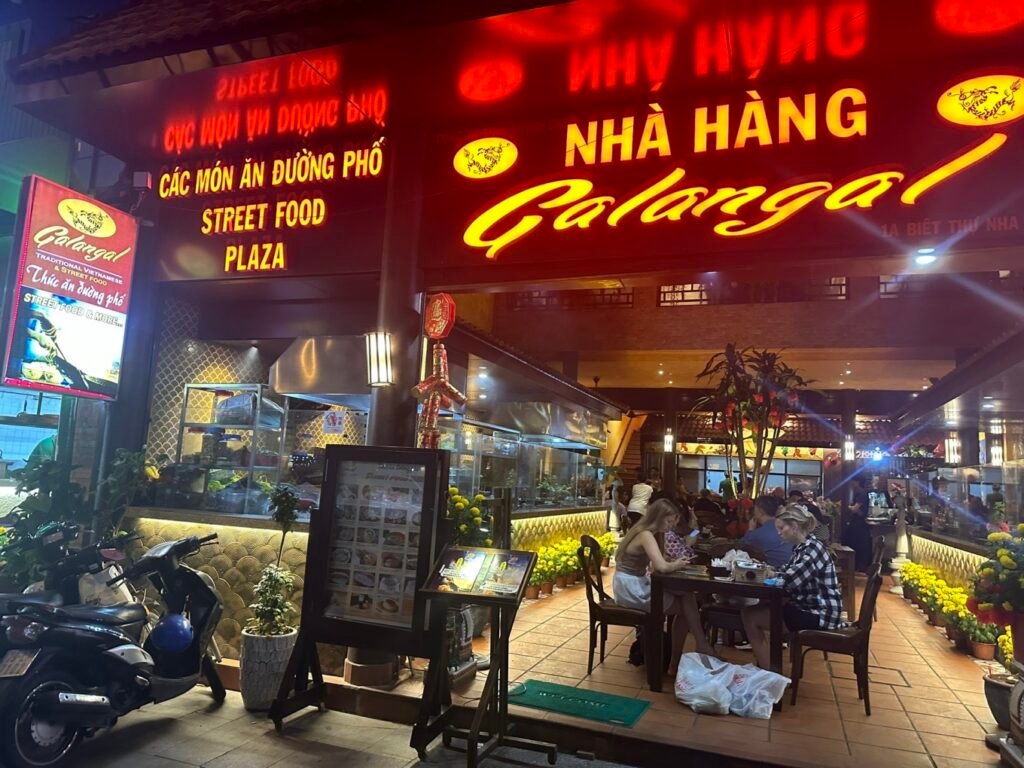
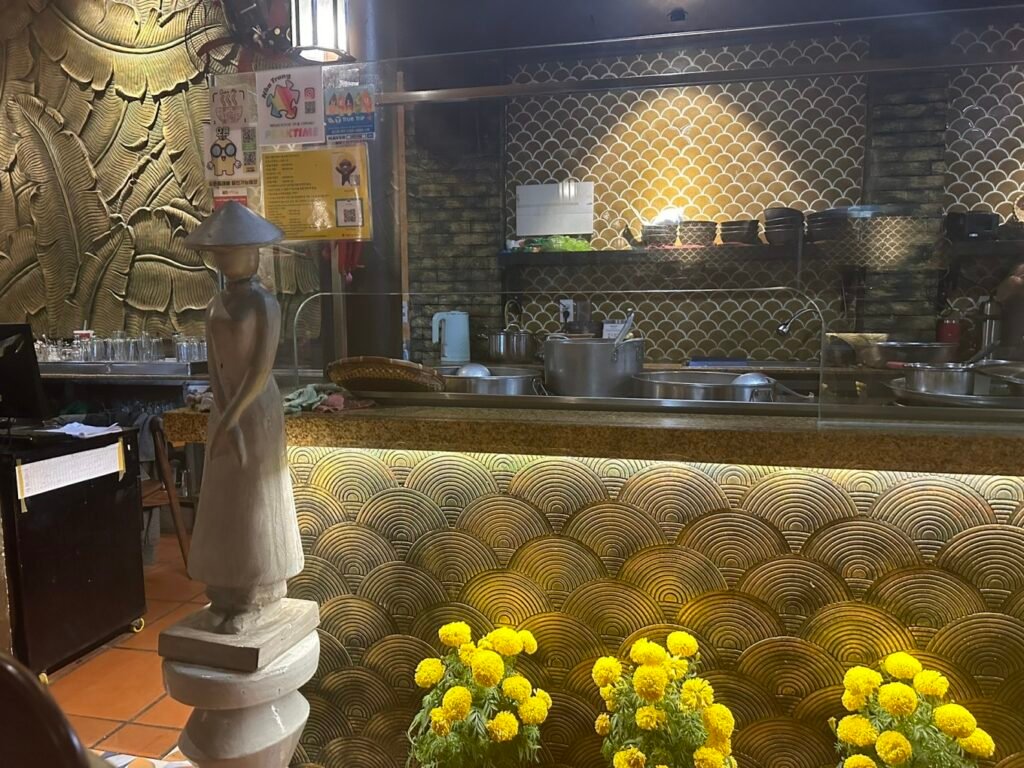
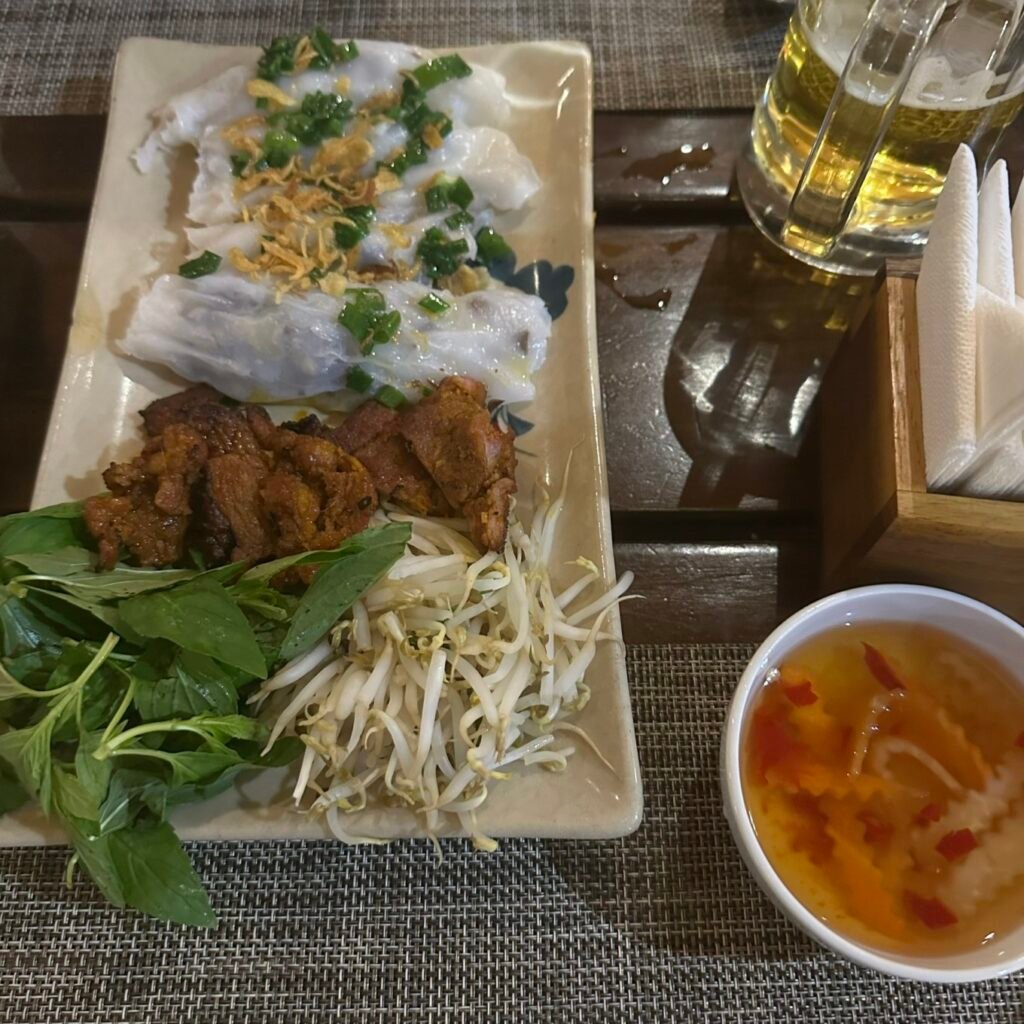
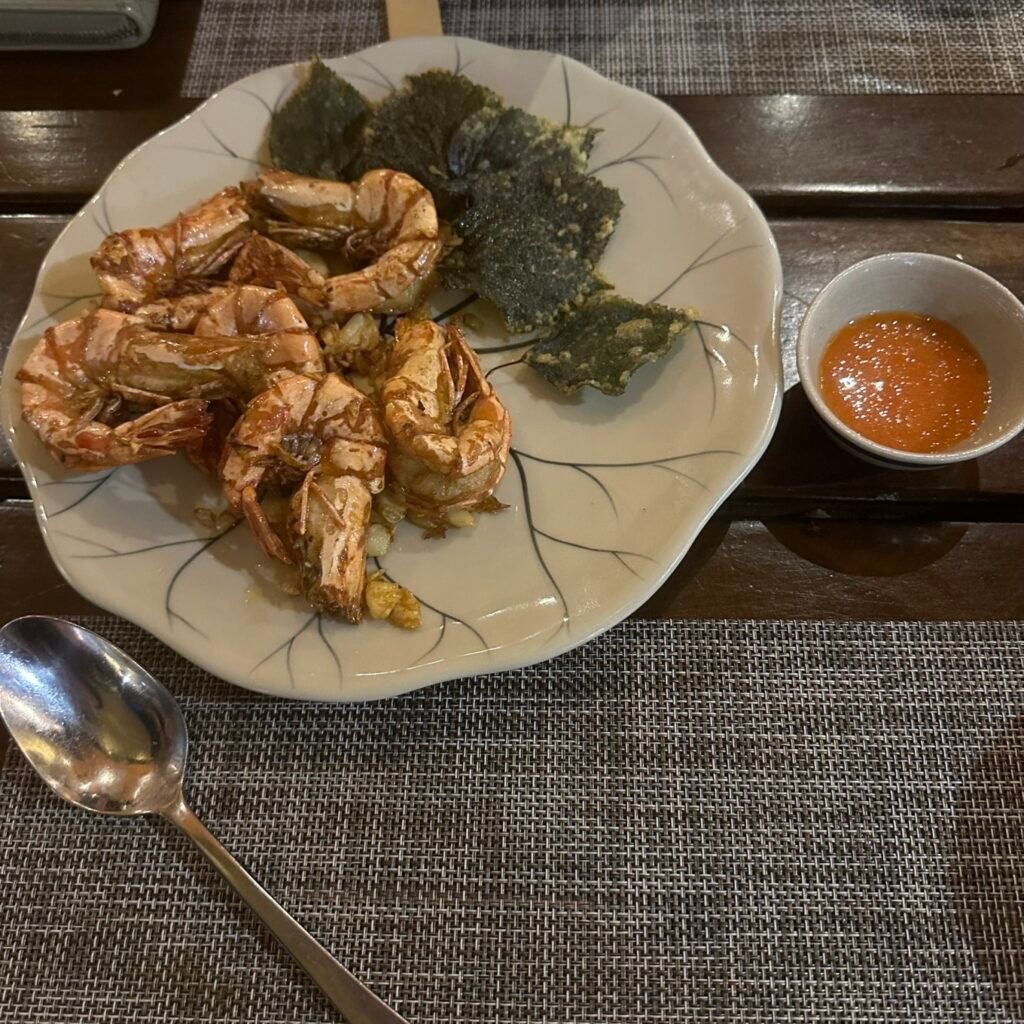
The food was indeed delicious, and the ingredients were fresh, but they charged us an extra 20% without clearly explaining why. The local beer, Saigon Beer, had a relatively mild flavor. However, none of this really mattered because, thanks to the exchange rate, even with the 20% surcharge, a great meal at the restaurant only cost around $15 per person. The restaurant next to the hotel served some excellent dishes, with the Vietnamese spring rolls, pho, and grilled shrimp being particularly tasty.
To be honest, Nha Trang’s public beach is quite nice, aside from being a bit crowded. The sand is soft and white, and the waves are a bit strong. You can see international visitors from all over the world on the beach, with various skin tones, though there are still mostly yellow-skinned people, especially since it’s said that many Koreans love coming here. Nha Trang’s coastline is long, and on a clear day, you can capture some stunning photos. Afterward, we flagged down a taxi and headed to one of Nha Trang’s most famous spots—Hon Chong Promontory.
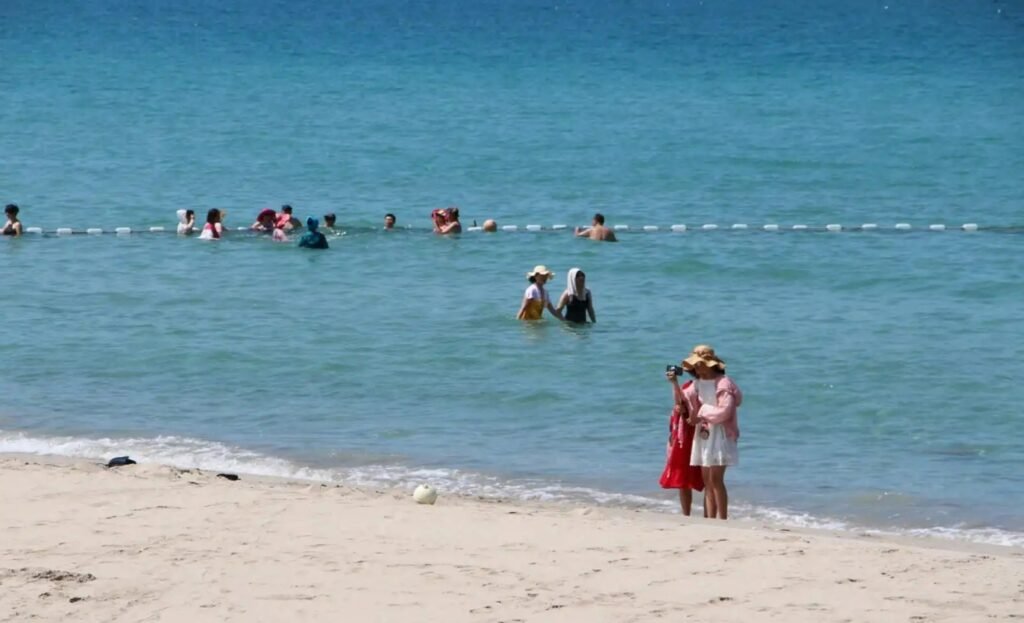
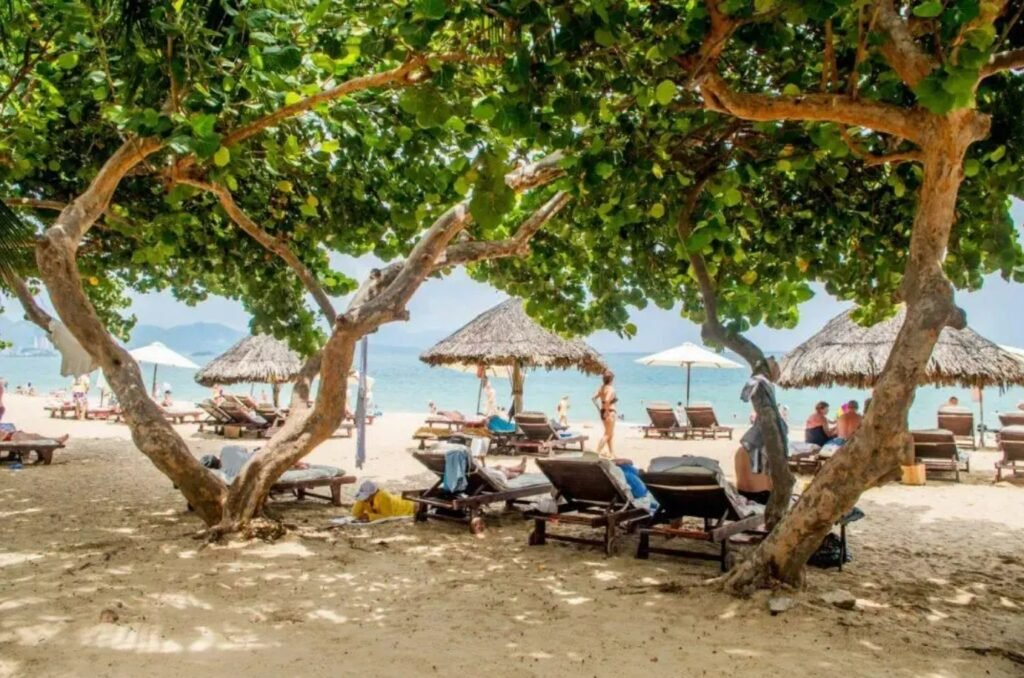
Tip: Flagging down a taxi in Vietnam can often lead to being overcharged. There are many seemingly upscale taxis (like the Korean electric V brand, which you should avoid) that will charge several times the normal fare. Additionally, there are many unmarked “black cars” driven by local Chinese drivers that also charge a premium. The best solution is to buy a SIM card that allows you to make calls, then use Grab to hail a ride. Grab offers both car and motorbike options, with clear pricing, so you don’t have to worry about being scammed. In the first few days, we relied on flagging down taxis because it seemed convenient, but we ended up paying quite a bit more than we should have.
Hon Chong Promontory is located at the end of Nha Trang’s coastline, featuring many natural rock formations. The waves crash against these rocks, forming uneven piles of different sizes, which were eventually developed into a tourist attraction. The entry fee is very affordable, about $5 per person.
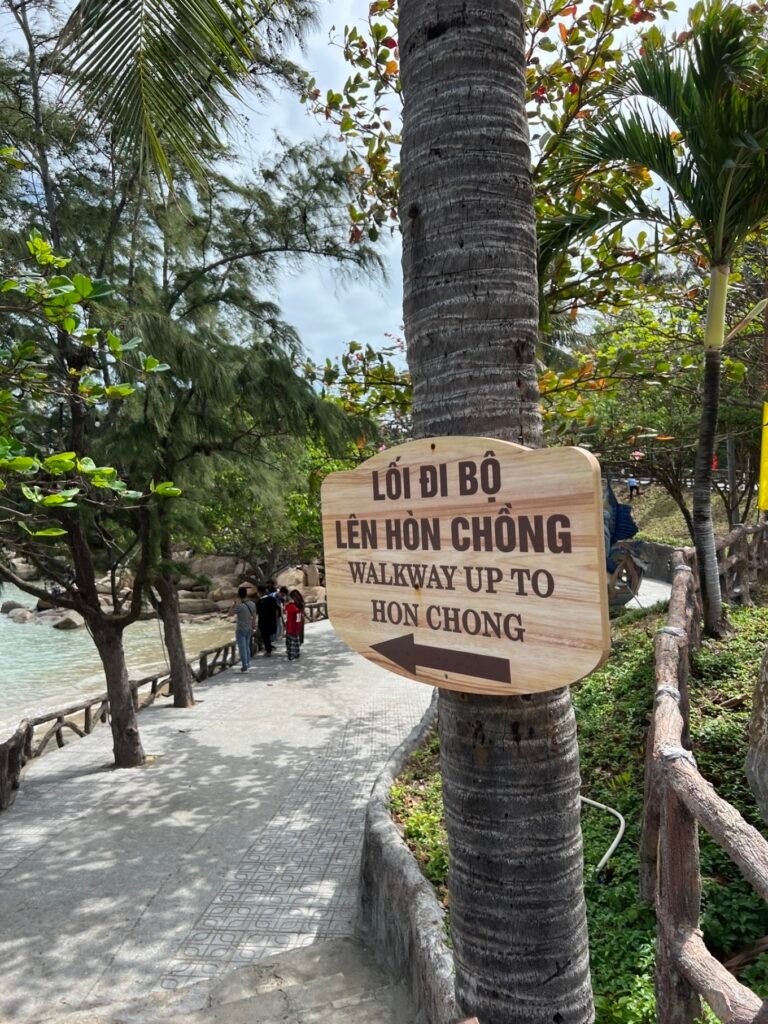
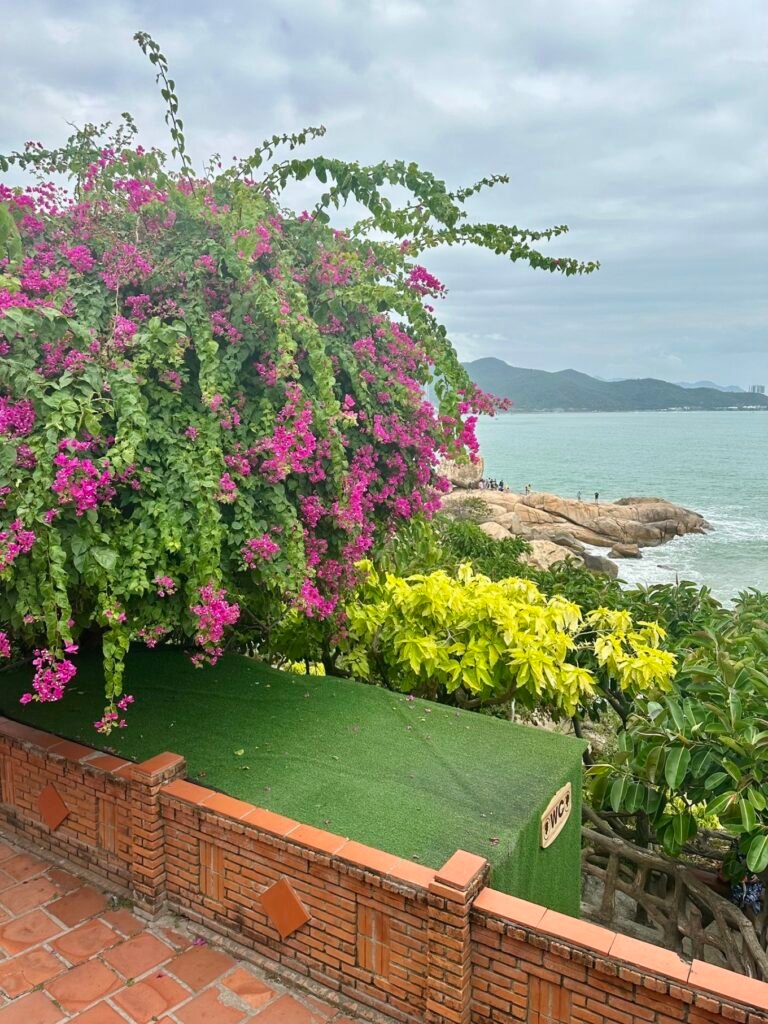
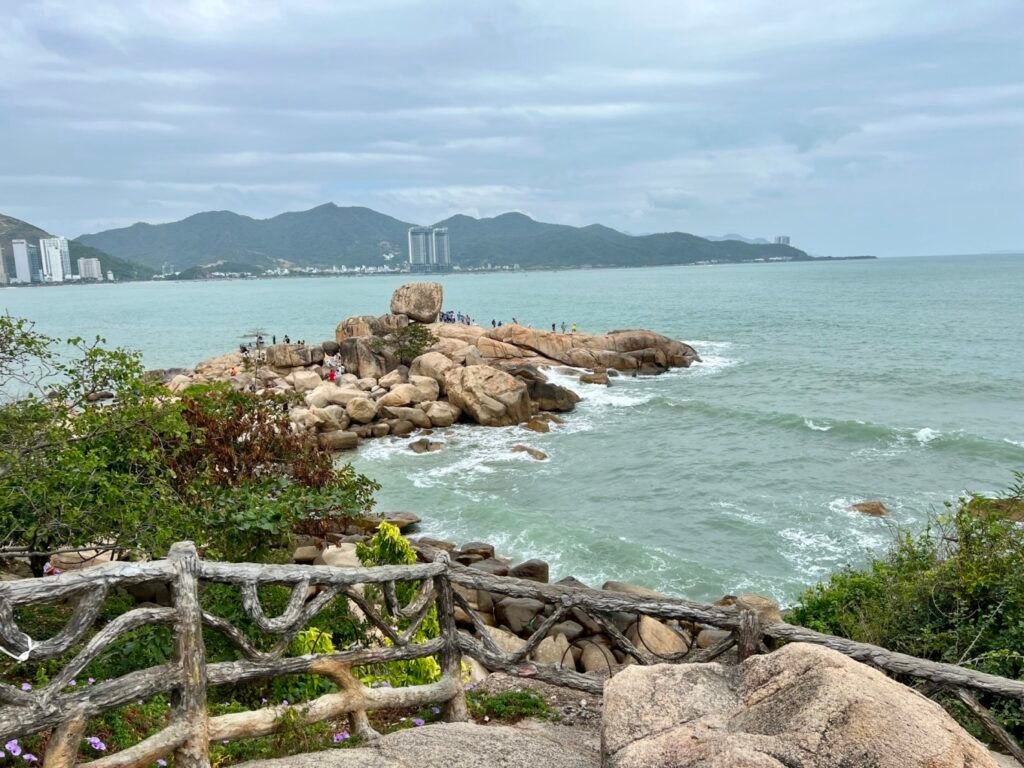
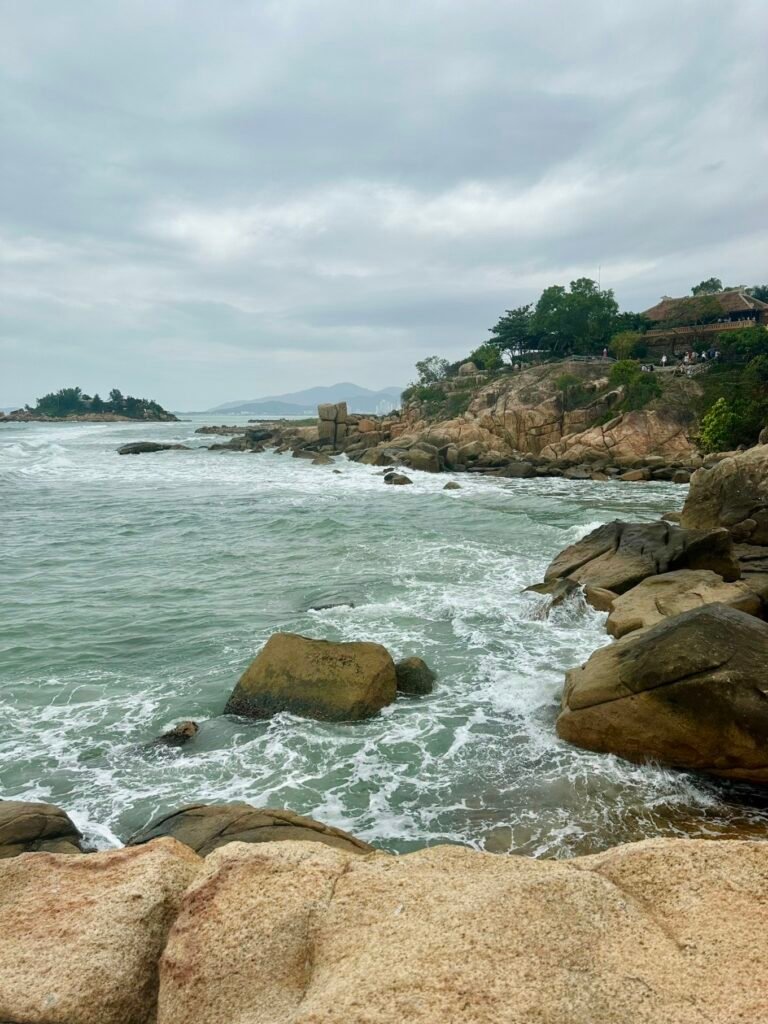
Once inside, you can also enjoy performances of traditional Vietnamese musical instruments. The local women, dressed in traditional Ao Dai, exude a unique charm, embodying the elegance of classic Eastern beauty.
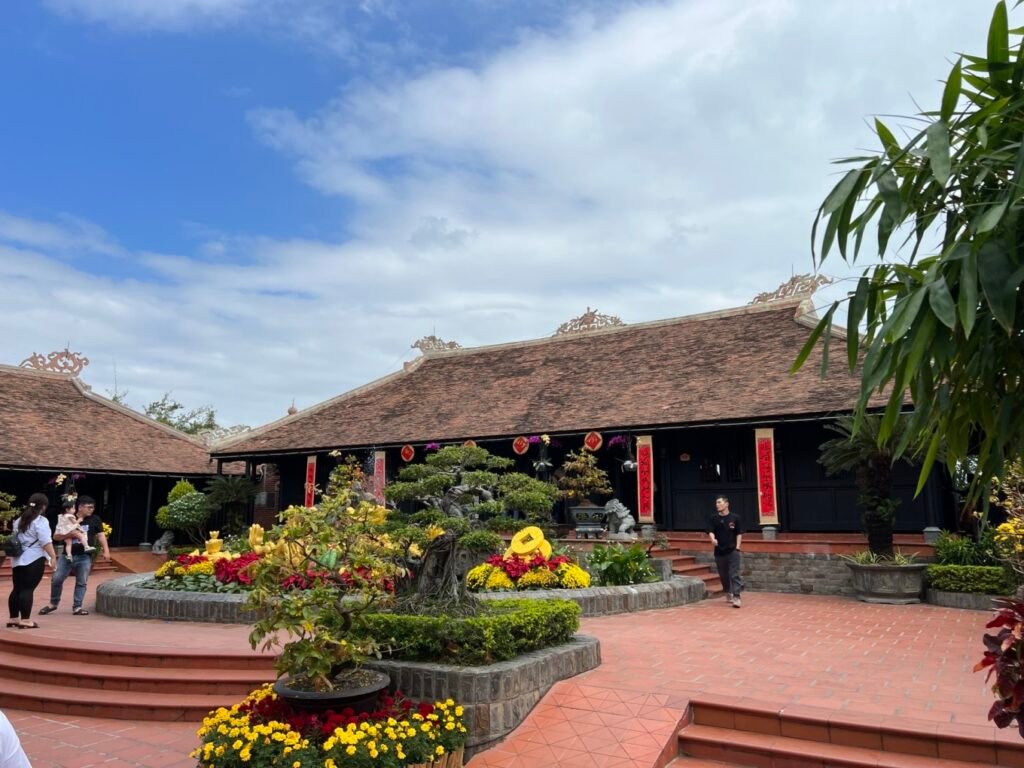
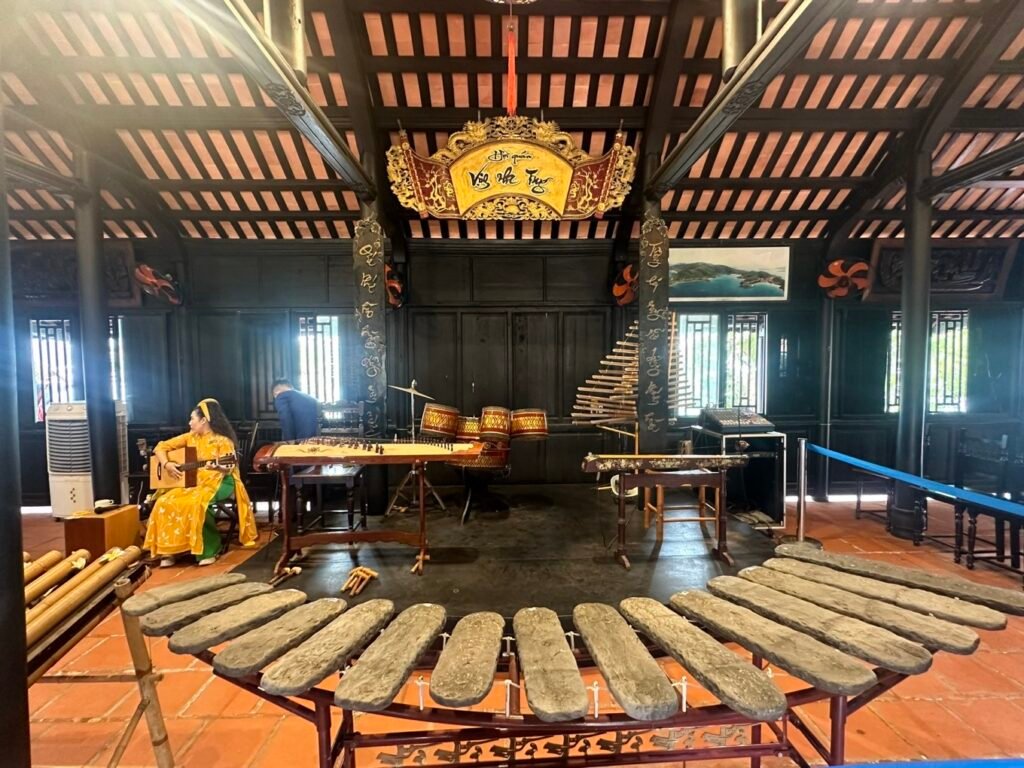
Originally, we wanted to try some local Vietnamese barbecue for lunch, but when we followed the navigation to the address, we found it had turned into a seafood stall. Since we were already there, we decided to give it a try. Due to the large number of Korean tourists in Vietnam, Korean translation and ride-hailing apps work well here, so we successfully ordered our meal. The boiled shrimp, steamed sea snails, garlic stir-fried morning glory, and steamed swimming crab were all very fresh and delicious, with flavors similar to Chinese cuisine. It was a pleasant surprise to stumble upon such a comfortable dining experience at an unexpected place. The only downside was that the fried rice was mediocre—too dry for our taste.
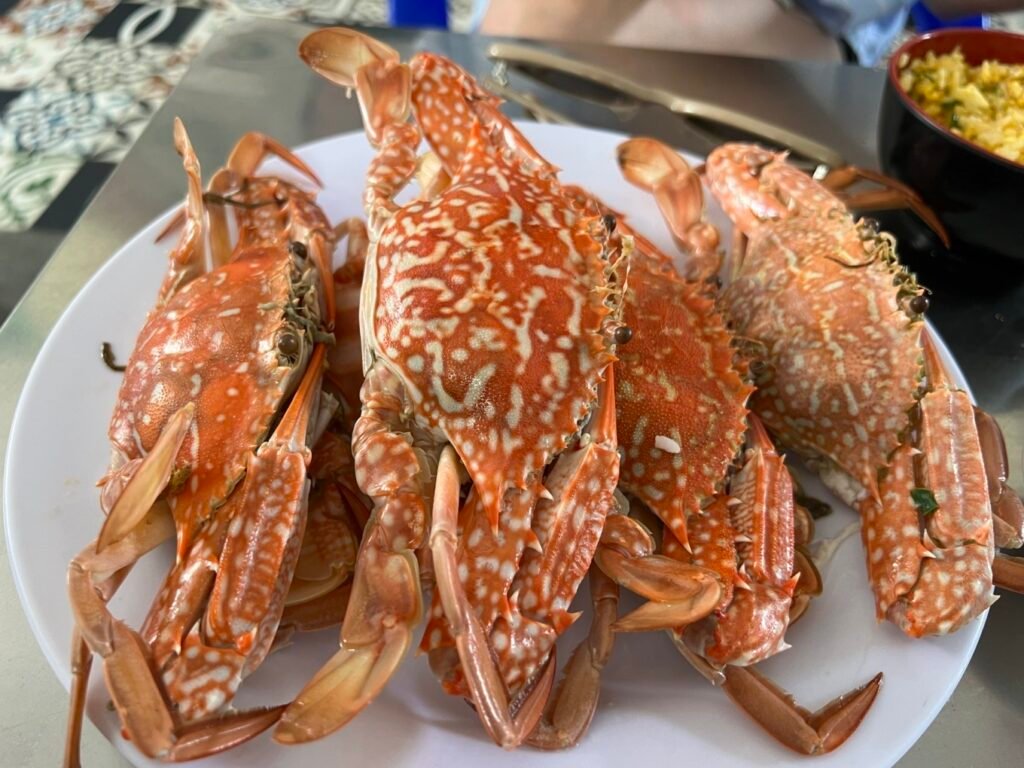
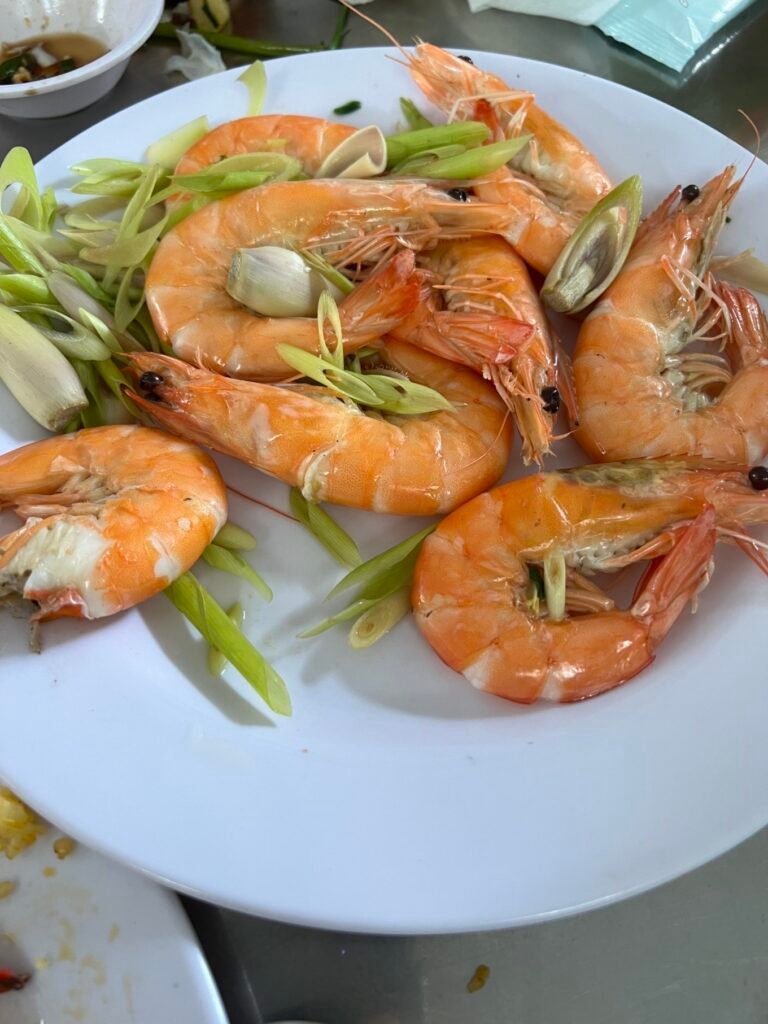
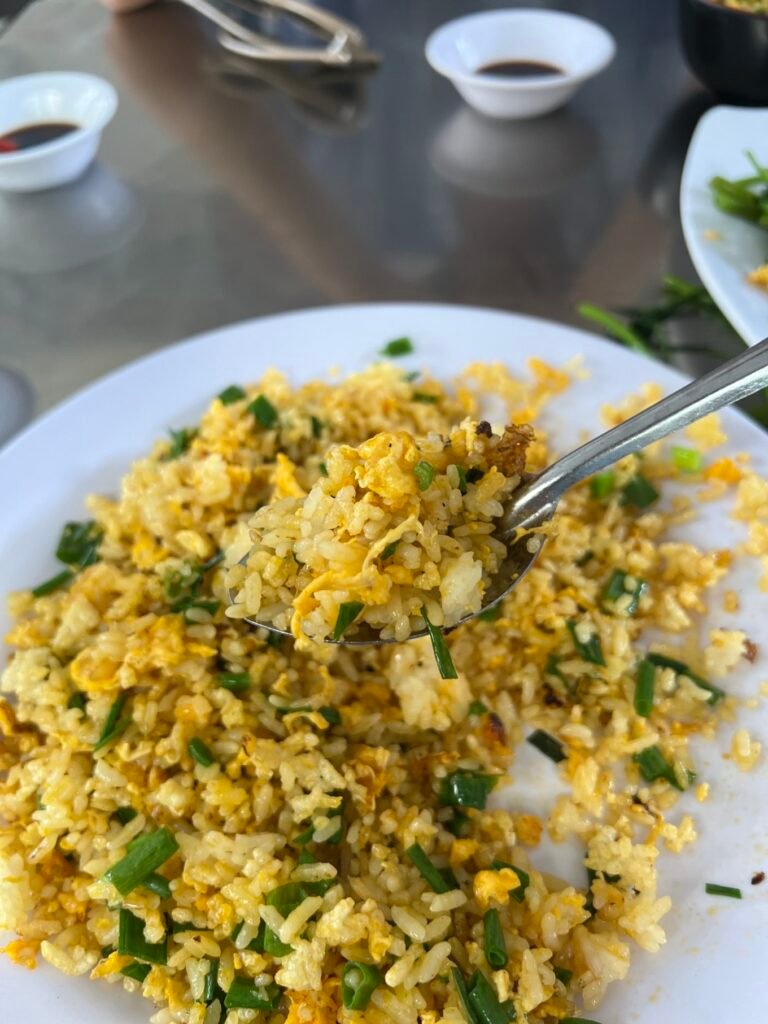
After lunch, we took a taxi to visit Nha Trang Cathedral, a traditional Catholic church. At the entrance, there is a large statue of the Virgin Mary. Normally, there’s no entrance fee, but there is a donation box at the gate, and an elderly man tends to ask for a mandatory donation of 1,000 VND per person. The church has a distinct local character, blending traditional Catholic elements with Vietnamese features, such as lanterns and incense burners. The combination of stained glass windows with incense burners is quite unique. At the entrance, you’ll also find several tombstones of missionaries, but be mindful that photography in this area is not allowed.
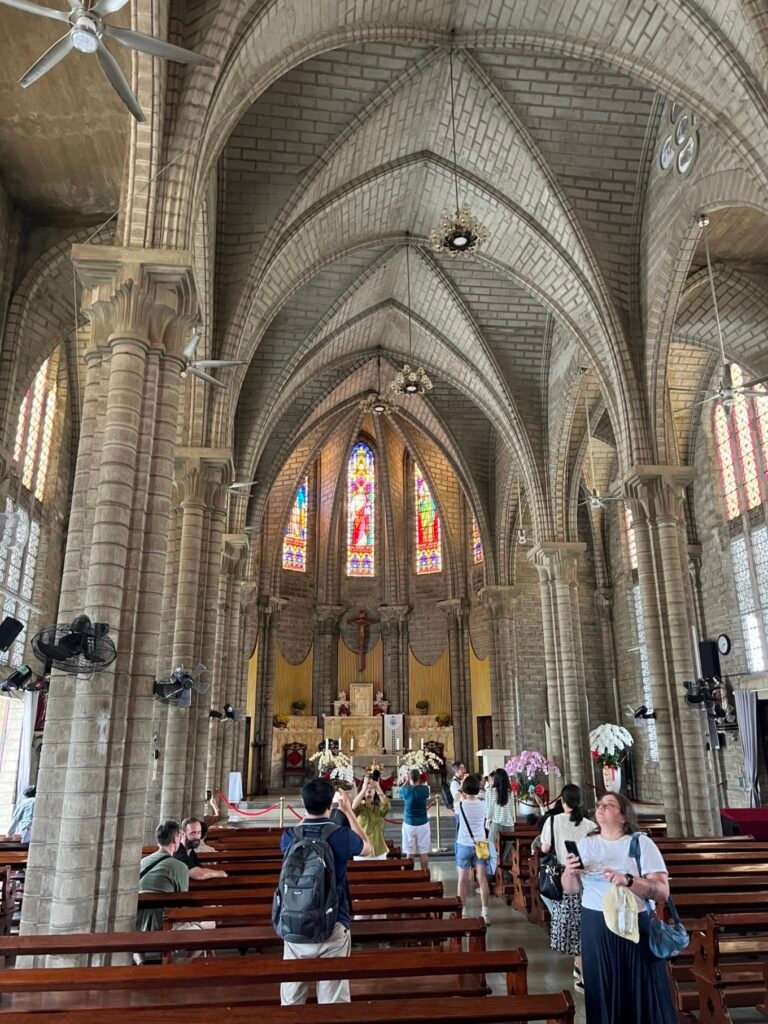
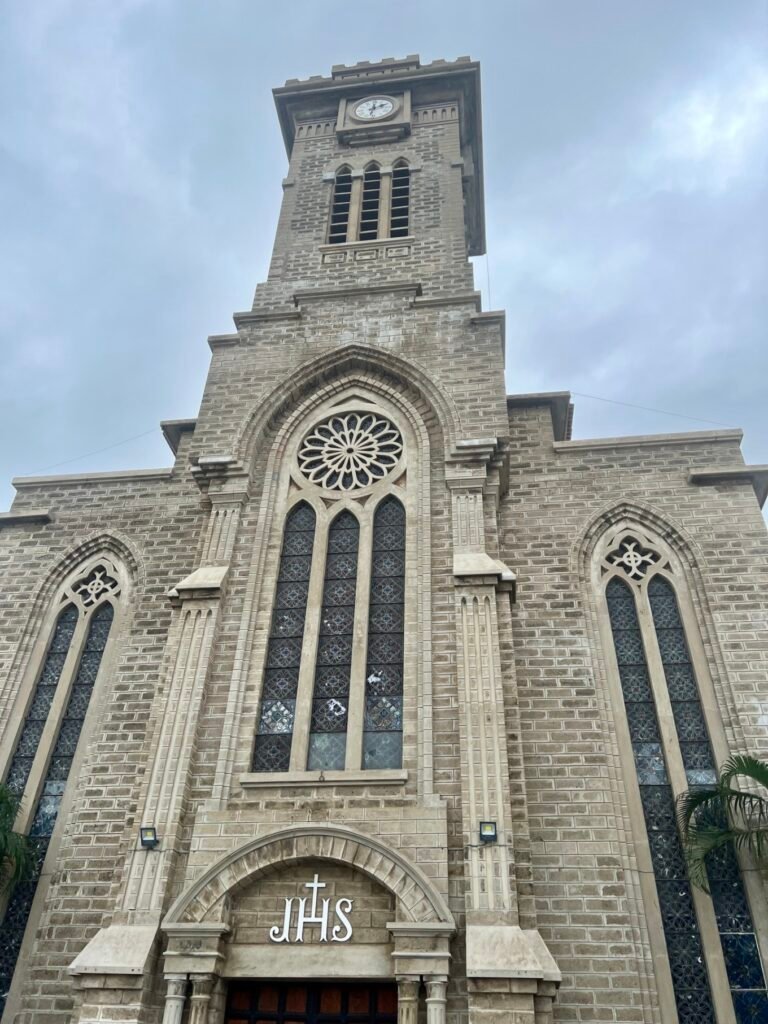
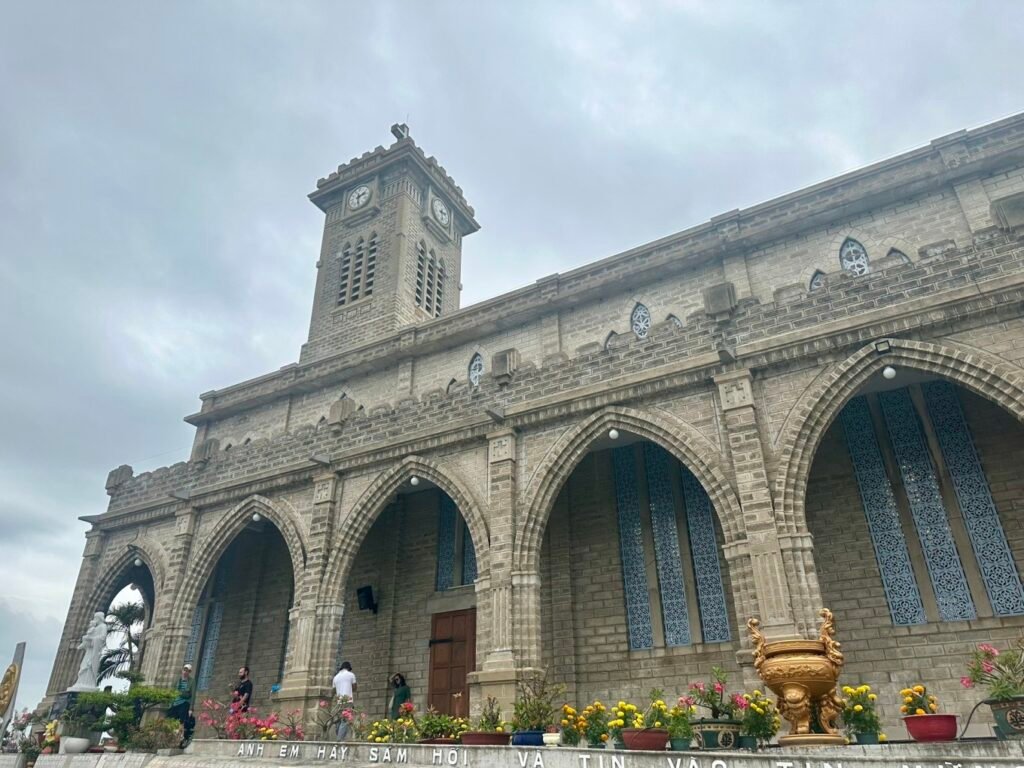
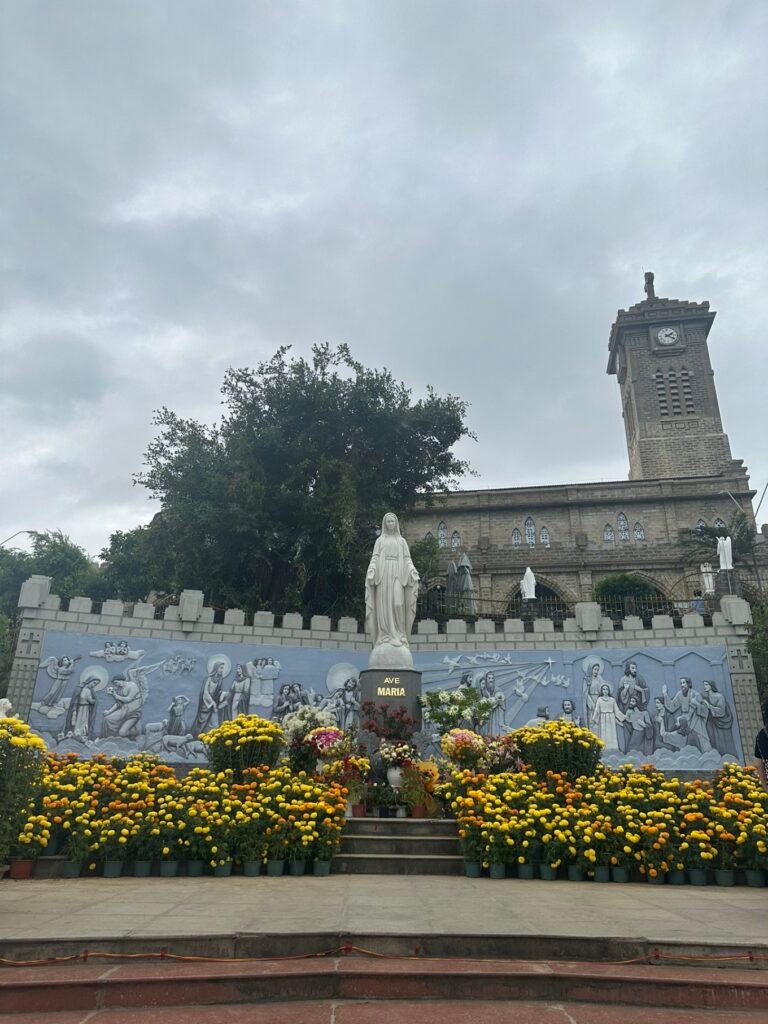
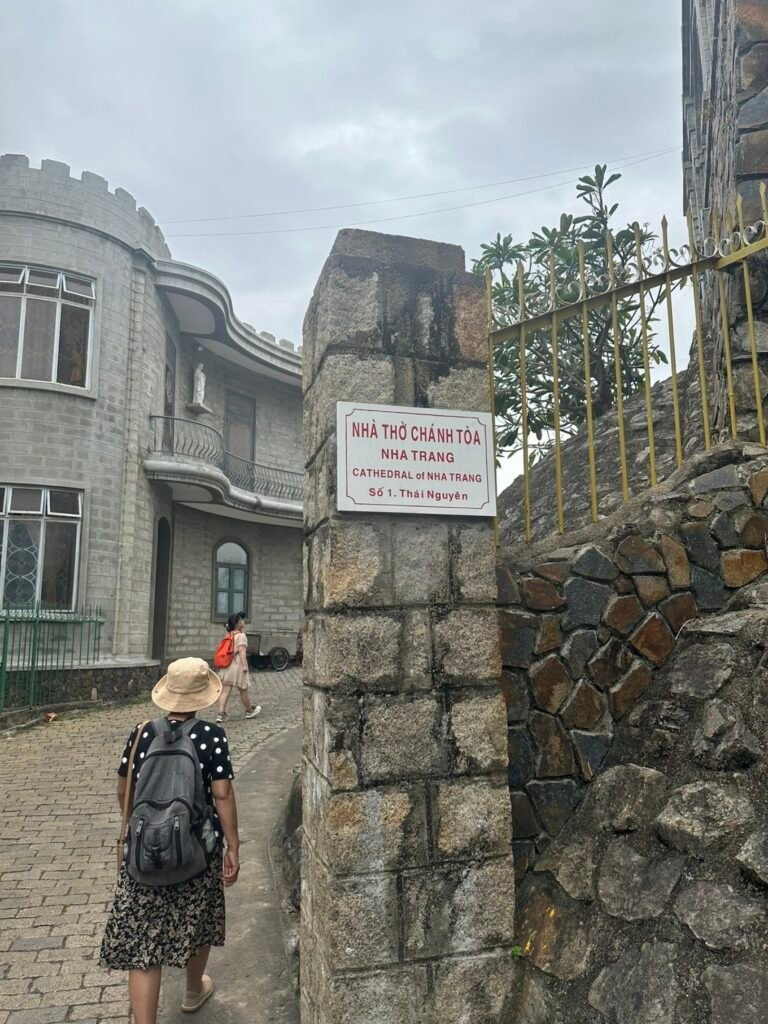
After that, we took a taxi back to the hotel and then headed to the spot we had researched the day before. We eventually found a spa offering an hour-long session for just $10, which was quite affordable. However, be prepared for one thing: avoid going to the first shop you see at the street entrance, and when negotiating, always start by aiming for at least a 50% discount.
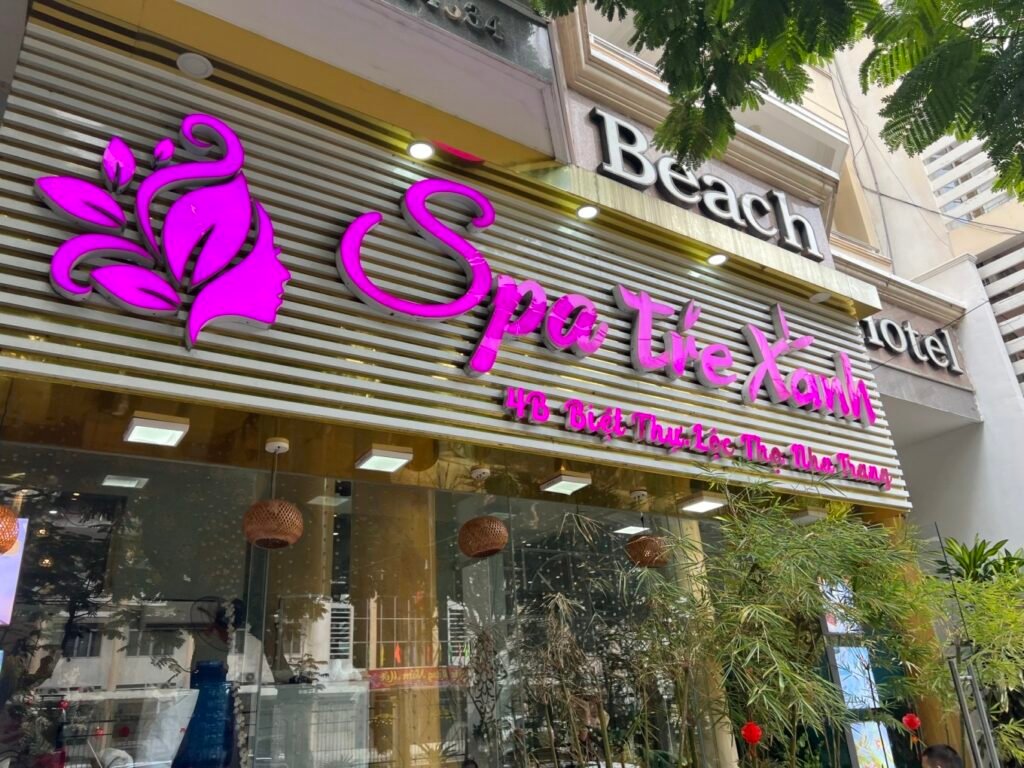
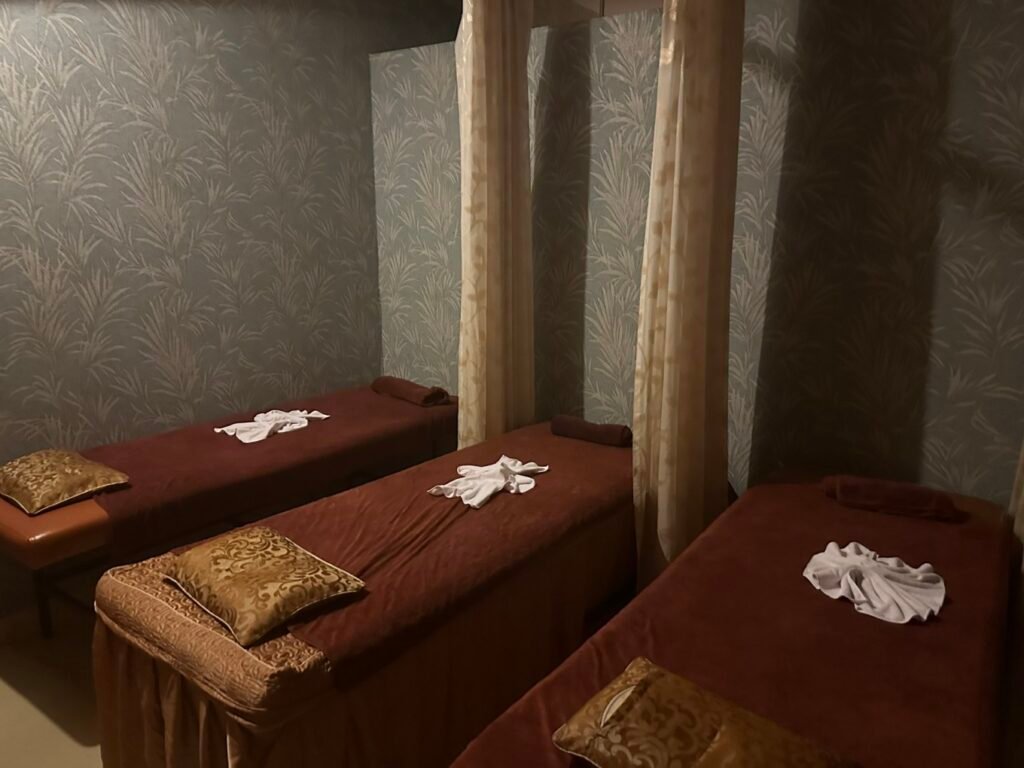
Feeling refreshed after the spa, we picked up our luggage and set off for our next destination—The Anam Resort.
This newly built resort is located near Cam Ranh, about a half-hour drive from Nha Trang city center. The hotel has a chic vibe, reminiscent of the style in the show The White Lotus. The resort covers a massive area, and if you were to walk around the entire property, it would take at least 30 to 40 minutes. The decor is in a light luxury style, and if your budget allows, the resort offers many standalone villas, complete with a private beach. The welcoming flowerbed at the entrance is updated daily with the current date, and as soon as we stepped out of the car and reached the reception, we instantly felt that unmistakable vacation vibe.
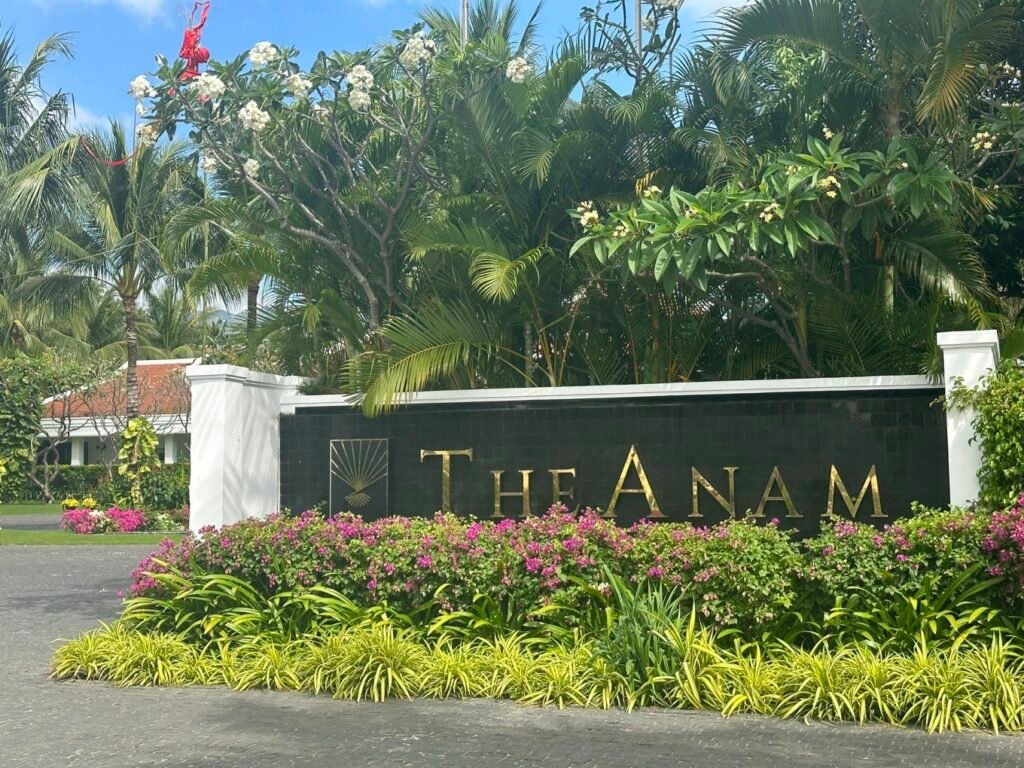
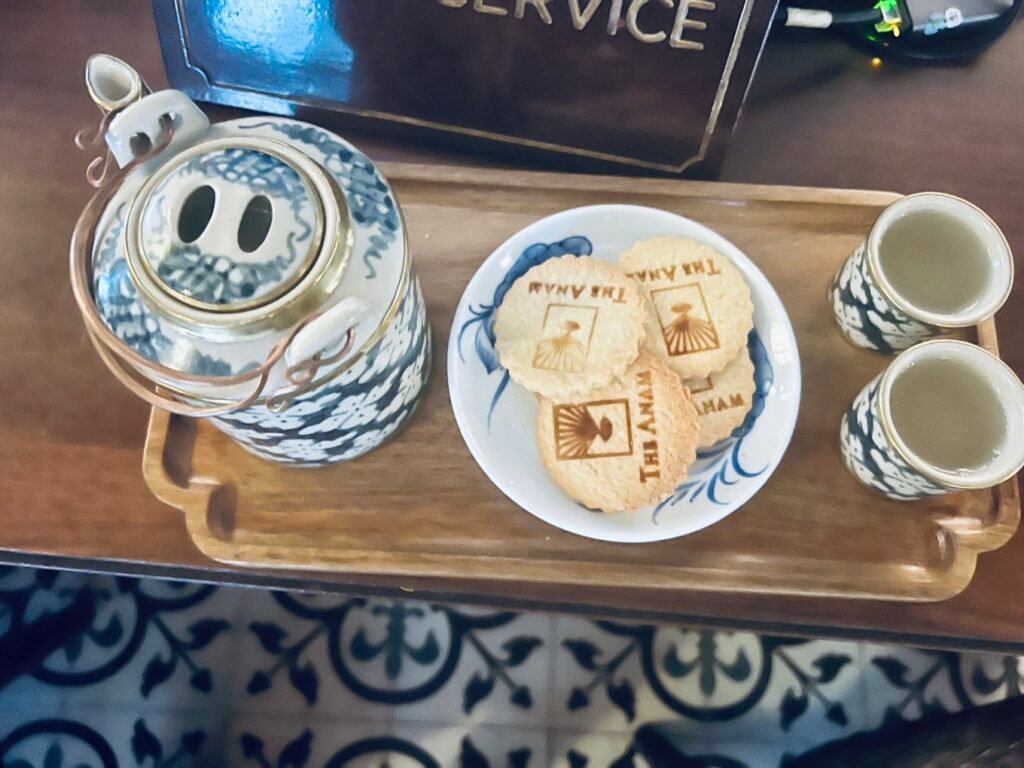
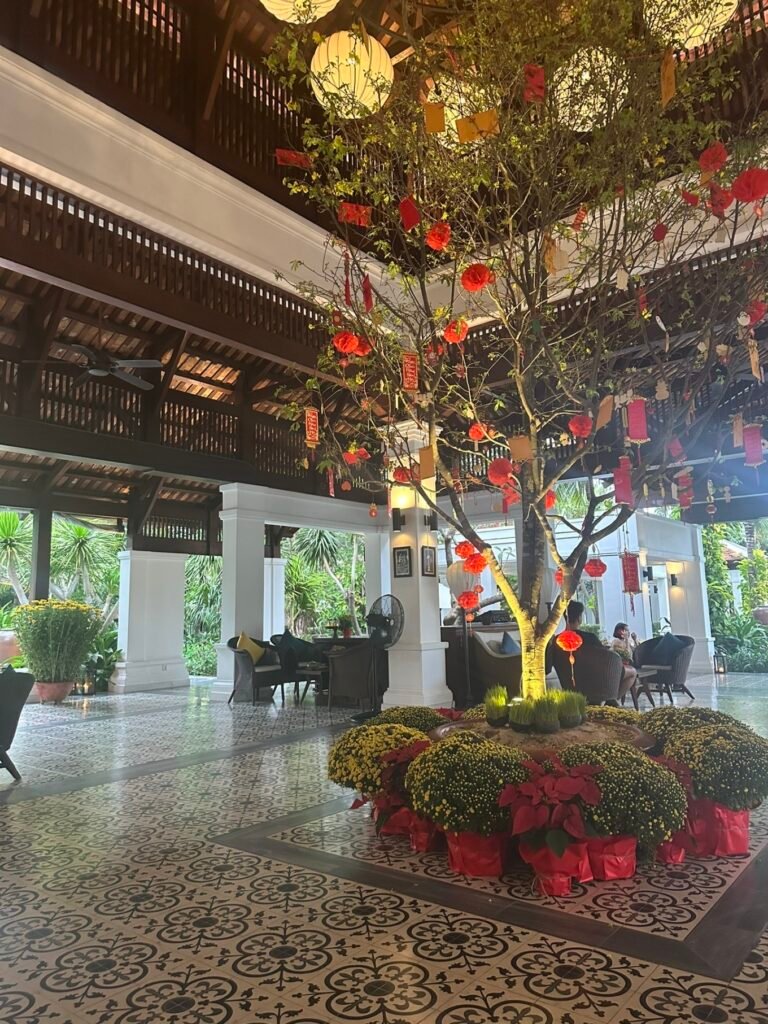
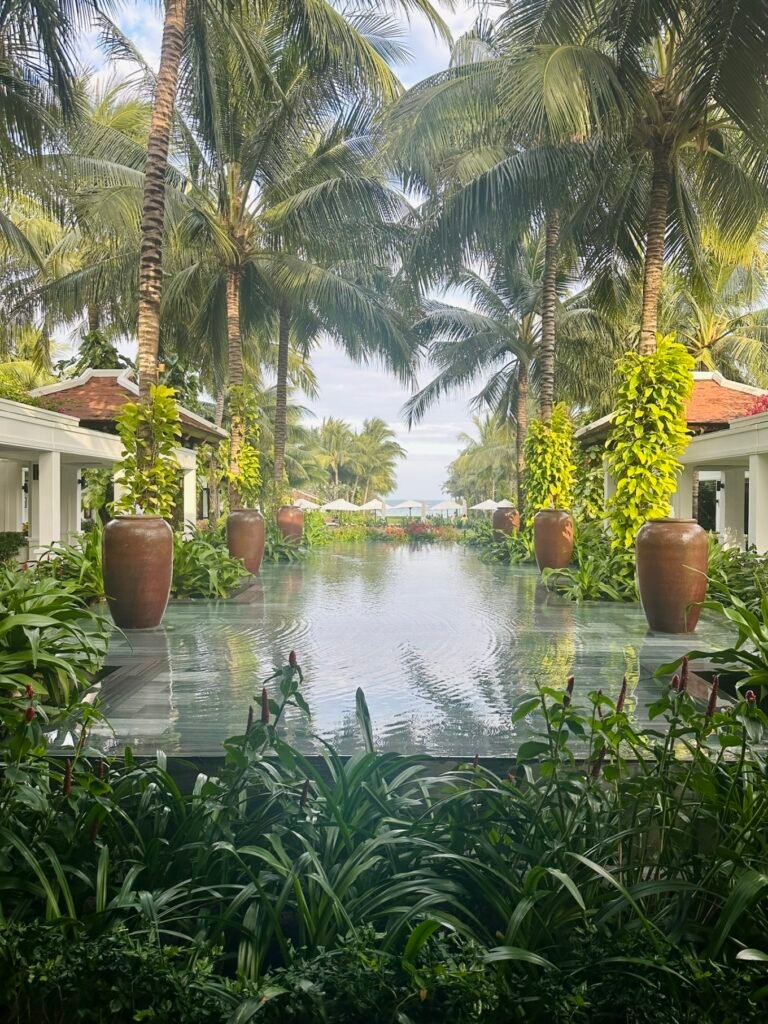
The next morning, we started our day with a swim near the central pool. It’s an outdoor infinity pool with stunning views, and many girls were there early to take photos before the sun got too strong. After a quick dip, we returned to our room, freshened up, and headed for breakfast.
We had booked a deluxe king room with a small balcony, and the ceiling fan had a classic design, which reminded us of the Sofitel Legend Hotel in Aswan, Egypt. The breakfast selection was more refined compared to the Novotel, with a wide variety of options. There was even a dedicated coffee bar offering freshly brewed coffee. Of course, I couldn’t resist starting my day with a bowl of Vietnamese pho to awaken my taste buds.
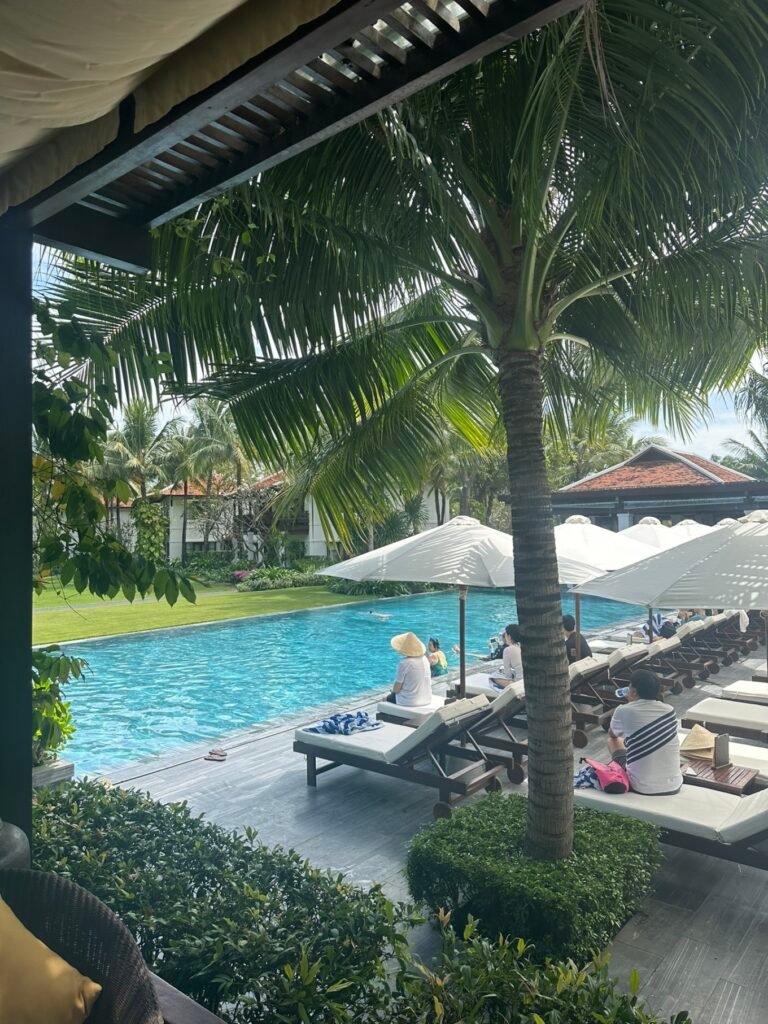
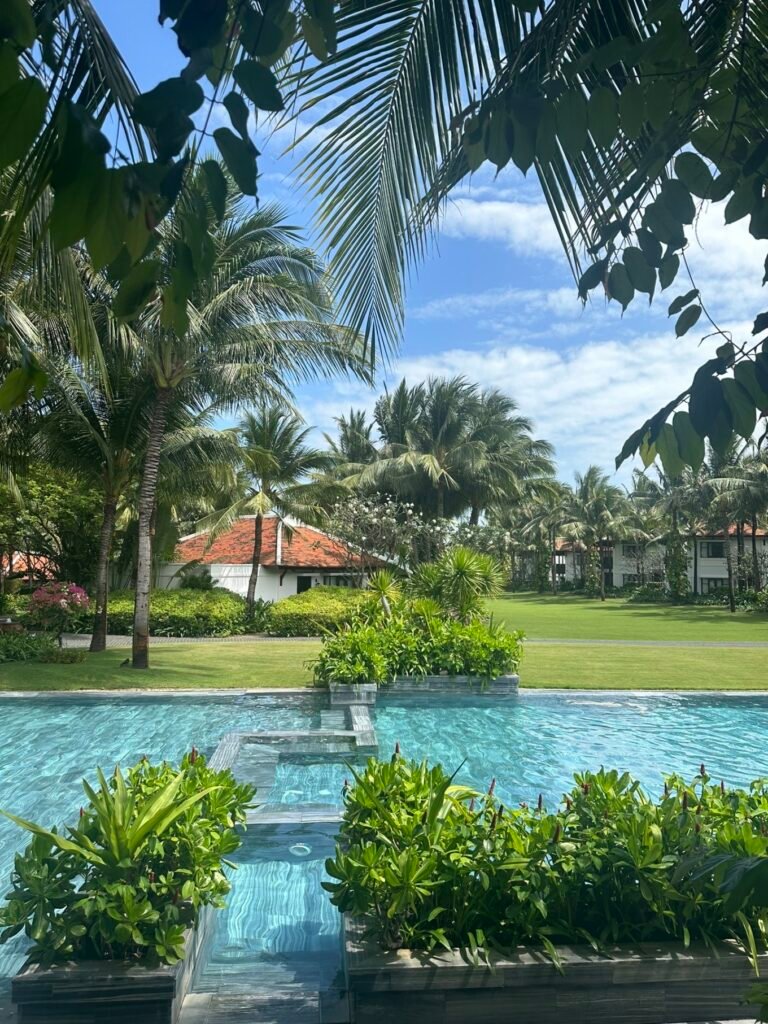
As we continued walking, we arrived at the hotel’s private beach, with its silver-white sand and crashing waves. There weren’t many people around at this time, as the red flags were up, indicating that the waves were too rough for swimming.
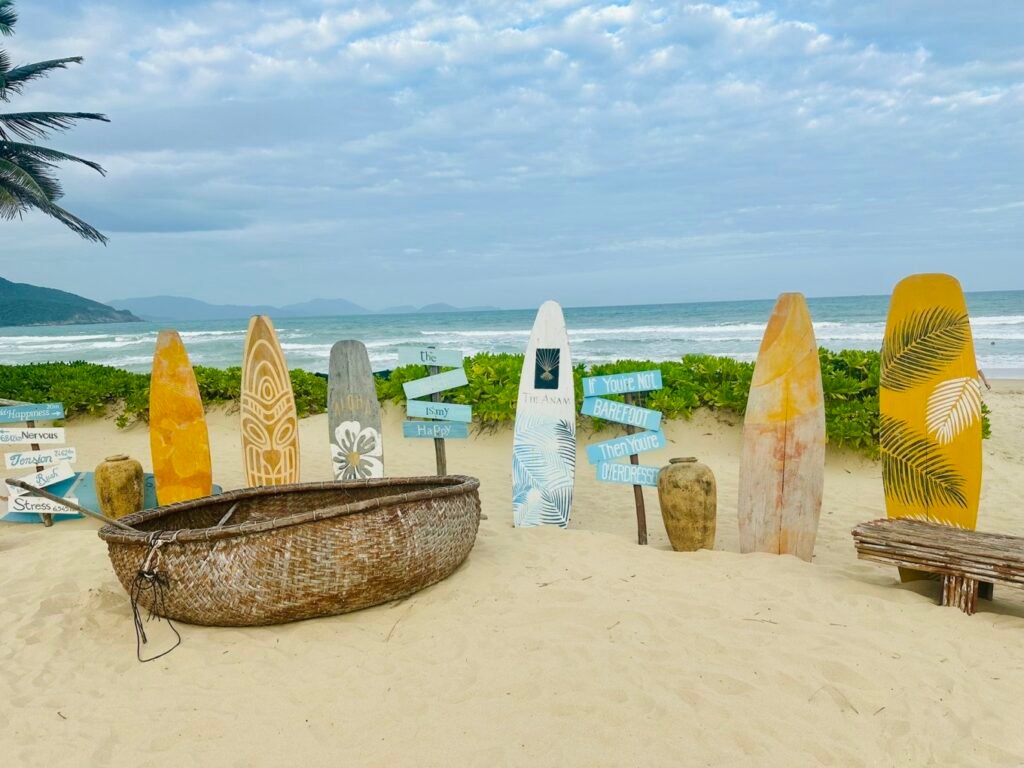
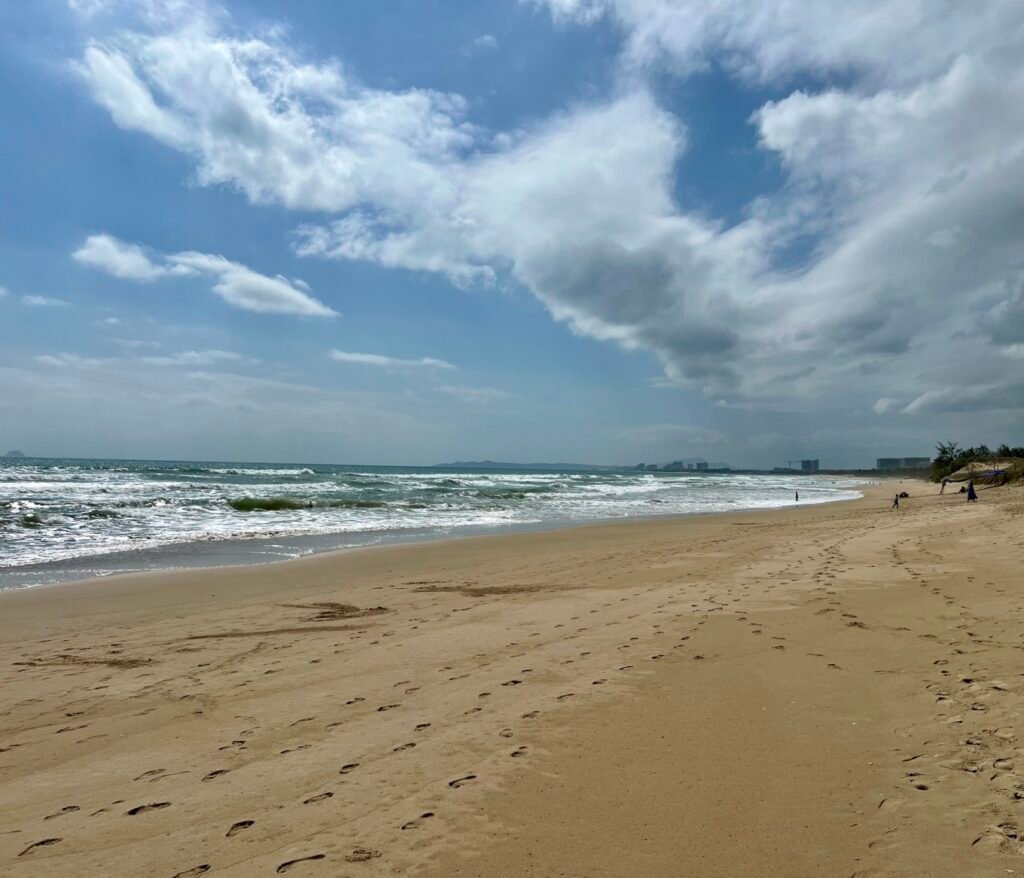
For lunch, we decided to try the hotel’s Vietnamese restaurant. The decor and ambiance were impeccable, and most of the tables by the windows offered a view of the sea. However, the food didn’t quite live up to our expectations, especially compared to the seafood stall we had enjoyed the previous day. We ordered a grilled meat platter and grilled shrimp. The grilled meat was served with cooked rice noodles and dipping sauce, which was a nice touch. The shrimp were large and fresh, with firm meat, but they were slightly overcooked, making the texture a bit tough.
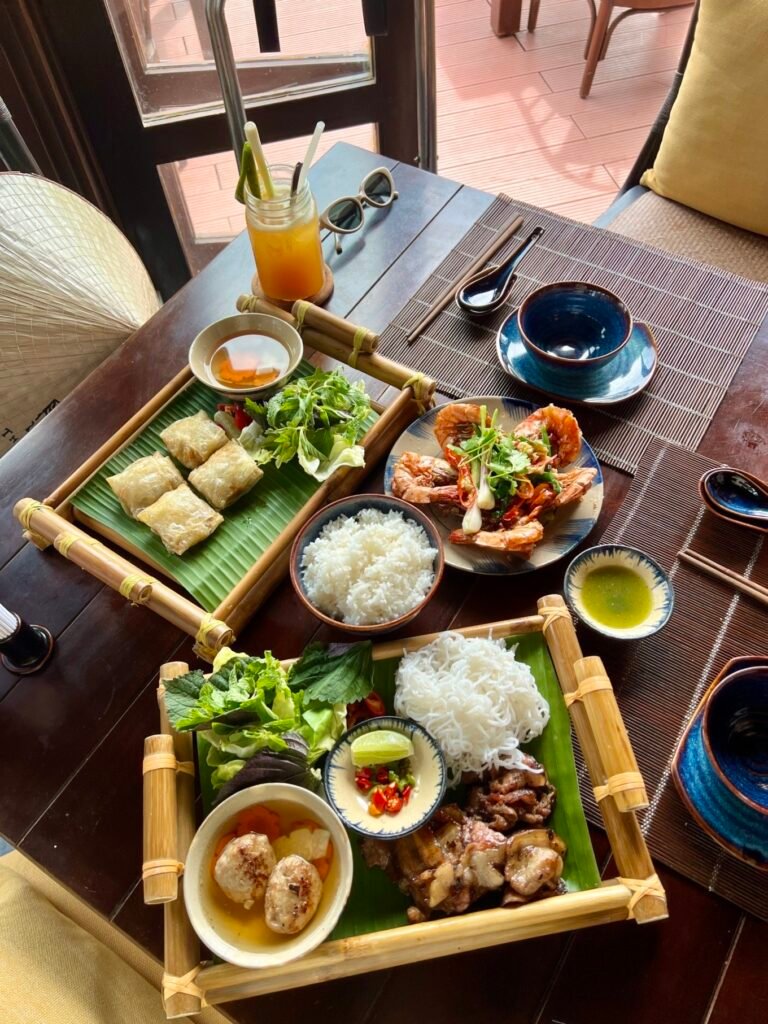
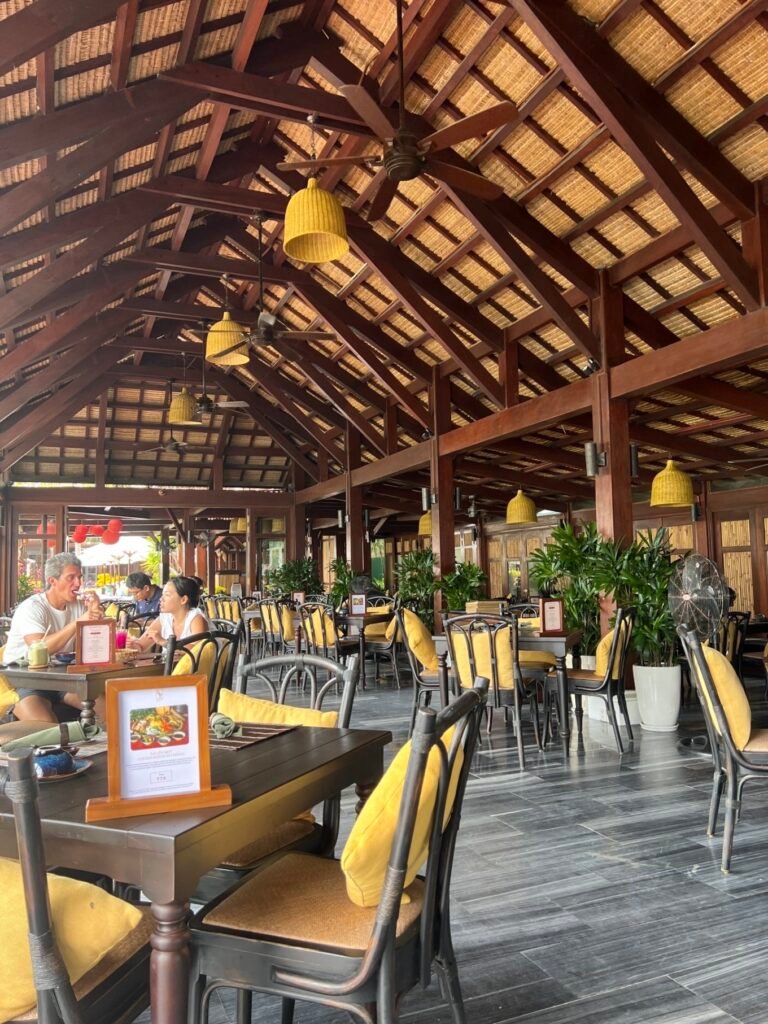
For dinner, we decided to try the hotel’s bar and ordered a couple of snacks, including a Korean-style fried chicken leg. Unfortunately, the taste and preparation were off—the chicken skin wasn’t crispy, there wasn’t much juice in the meat, and the sauce was overly salty. It didn’t come close to the authentic BHC fried chicken you’d find in Korea.
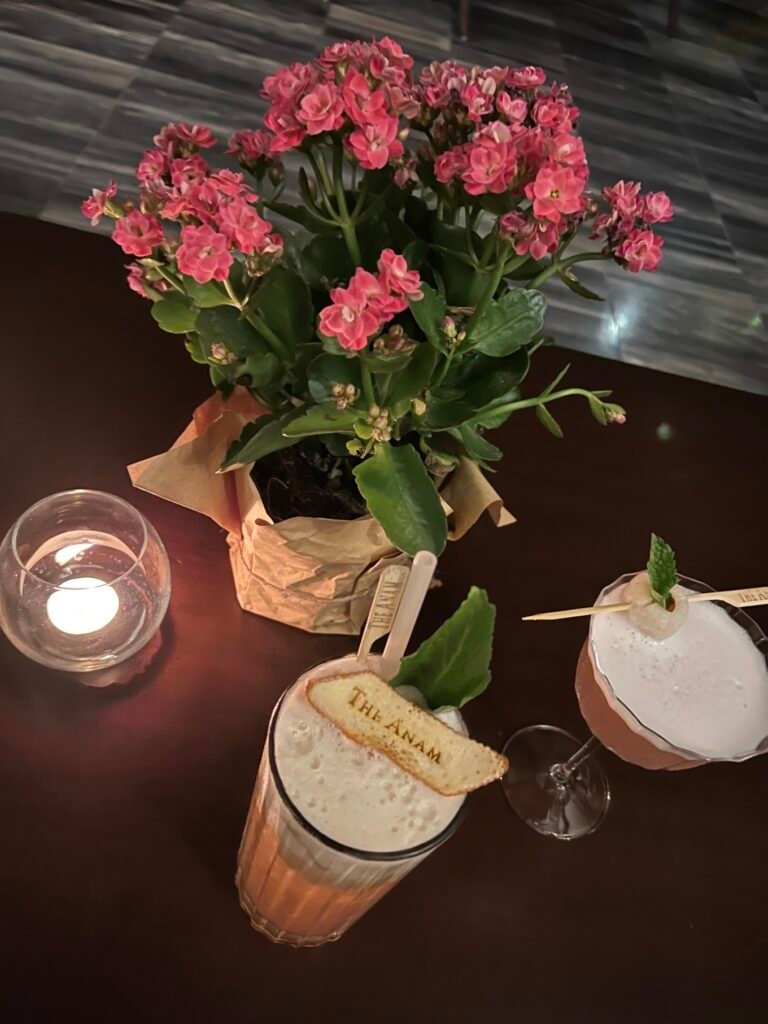
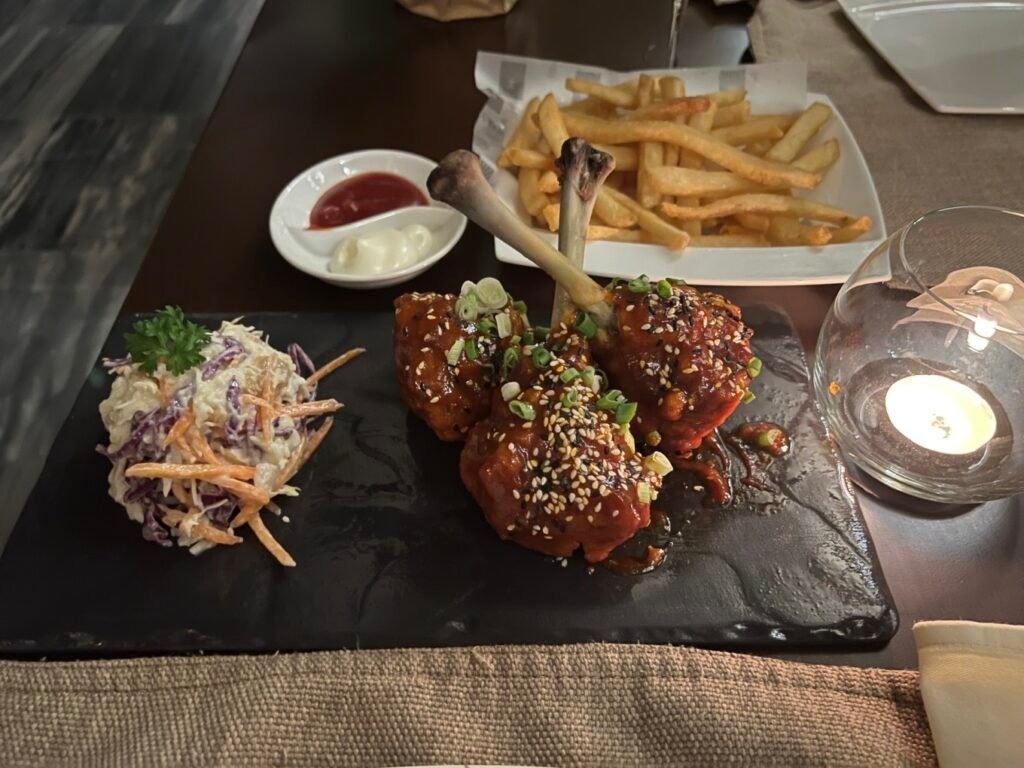
That morning, we were up early for another session of fresh sunrise yoga. After our previous light and refreshing experience doing sunrise yoga by the sea in Milaidhoo, Maldives, we were excited to face the ocean and greet the morning sun while practicing Ashtanga. We knew it would leave us with a fresh mind for the day ahead. To make sure we wouldn’t miss the session, we went to the reception the afternoon before to confirm the location. If the weather was good, the class would be held on the central lawn with a direct view of the sea. If not, it would be indoors.
At 5:30 a.m., we arrived at the central lawn, but unfortunately, the weather was overcast with a sense of rain and wind coming, so the yoga instructor, who was from India, moved us indoors for the session.
The hotel’s sunrise yoga is a signature activity that requires booking in advance. A word of advice: since it’s a very popular session, make sure to book early, as there’s limited space, and if you’re late, there won’t be extra spots available.
Overall, the class was quite physically demanding, with a full-body workout and stretching that left us feeling completely relaxed afterward. With our bodies refreshed, we returned to our room, took a shower, and happily headed off to enjoy breakfast at the restaurant.
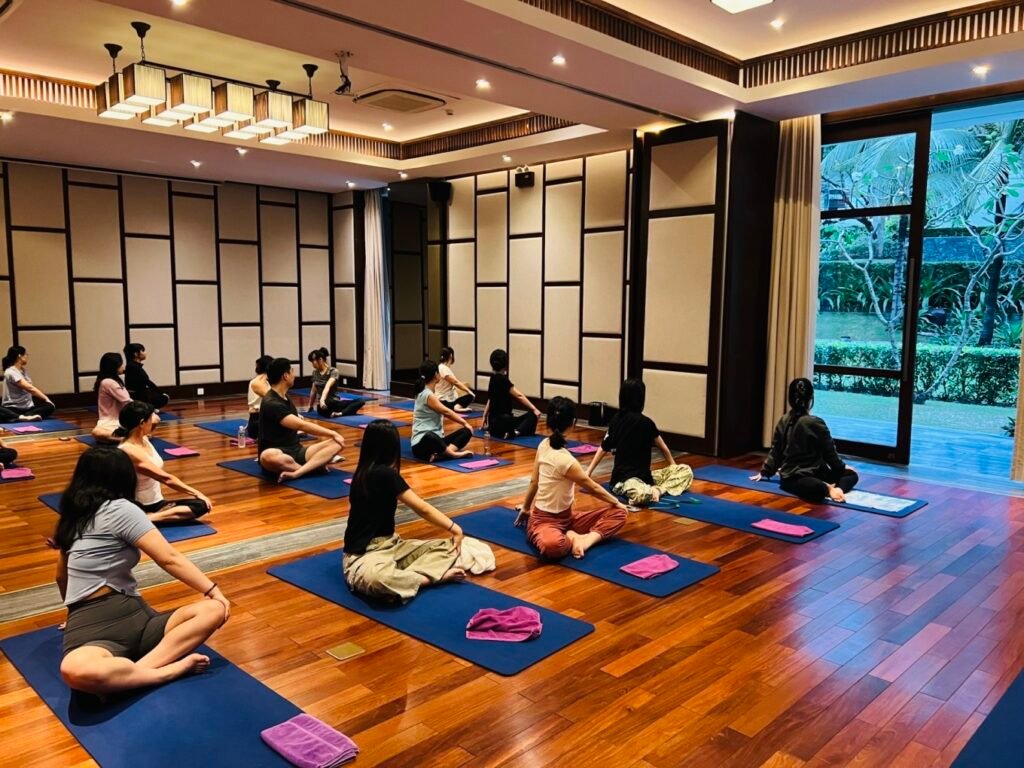
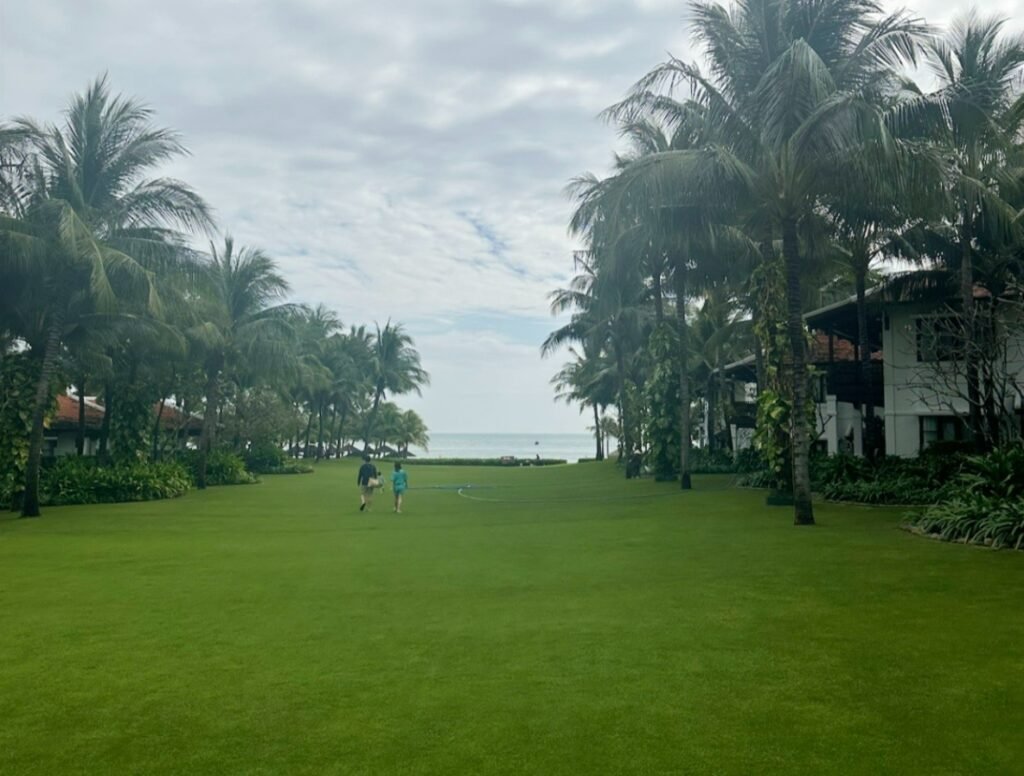
Today is our last day at this hotel, and we can’t help but feel a bit reluctant to leave. All morning, we’ve been wandering around, trying to take in as much of this beautiful place as we can, imprinting the unique scents, the sunshine, the beach, the lawn, the outdoor pool, and the variety of tropical plants into our memories. If only we could pack all of it into our suitcase and take it with us.
Back to reality—originally, we wanted to try the hotel’s Western restaurant for lunch, but unfortunately, it only serves dinner. So, we had to settle for a quick bite at the bar again. We ordered a bowl of Vietnamese beef pho, a burger with fries, and two milkshakes, which came to around $65. It was a bit pricey, especially considering the food wasn’t all that great.

